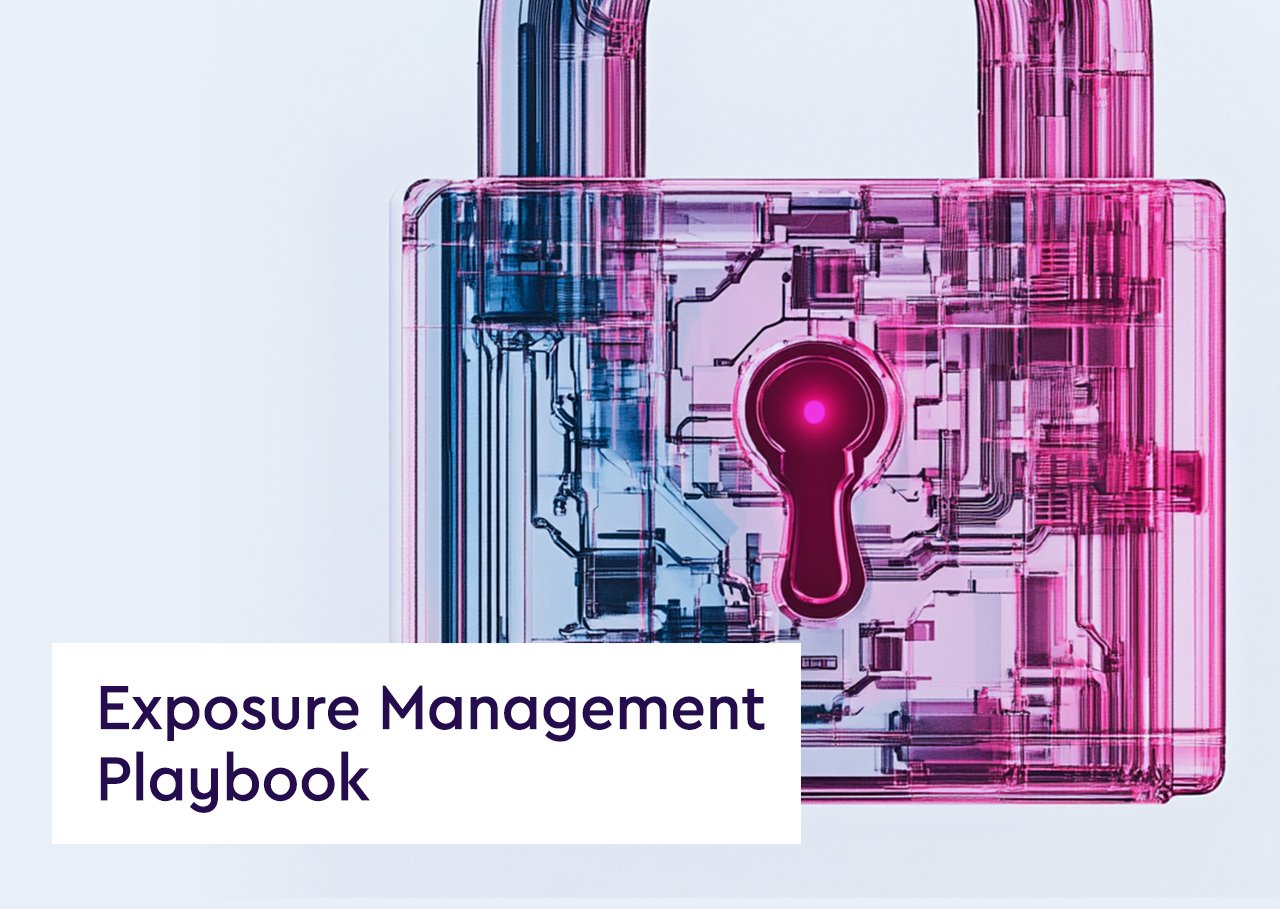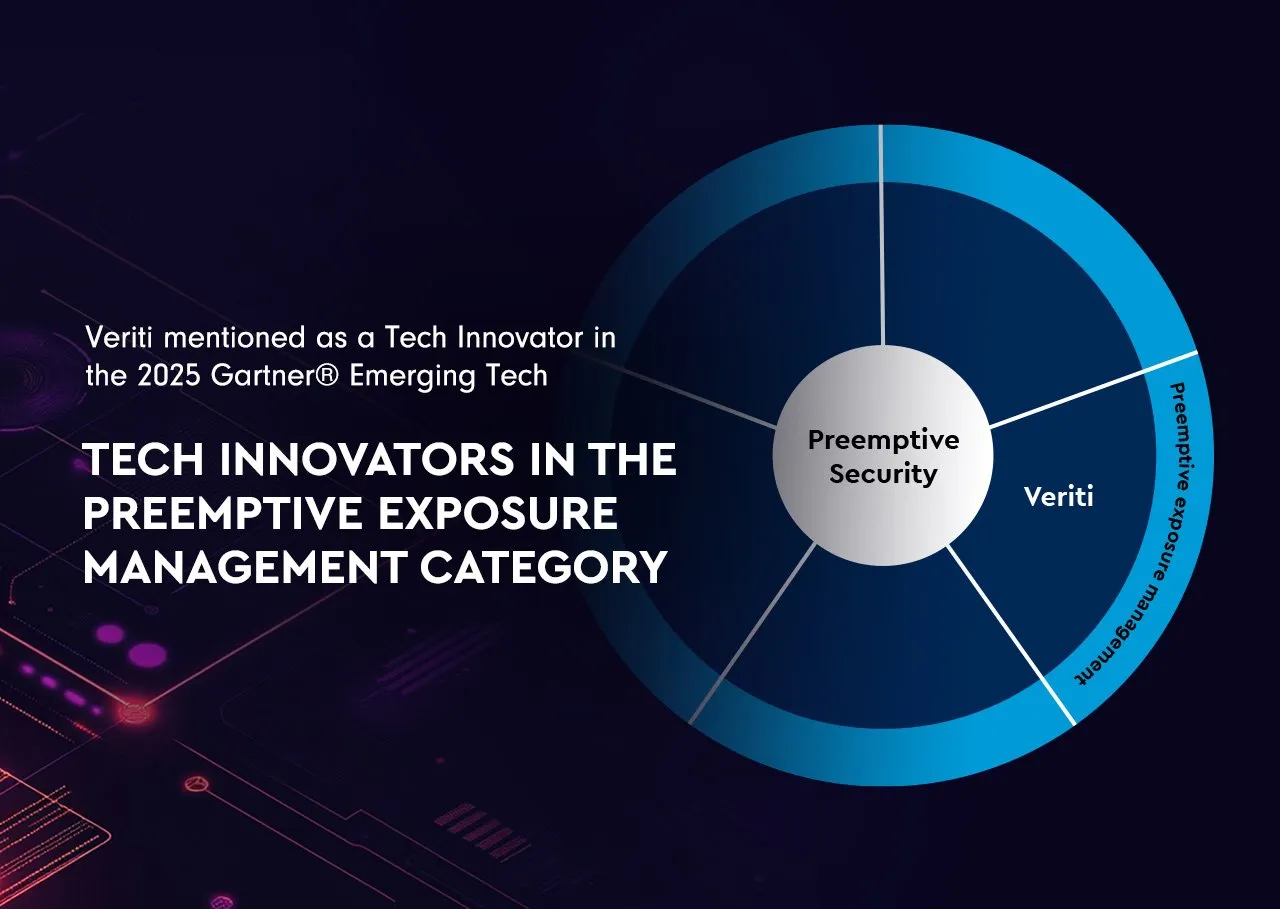Definition: Extended Detection and Response (XDR) is an advanced cybersecurity solution that provides a more comprehensive and integrated approach to threat detection, analysis, and response. It extends beyond traditional endpoint detection and response (EDR) systems by aggregating and correlating data across multiple security layers, such as networks, endpoints, servers, cloud workloads, and email systems. XDR aims to provide a unified view of threats across the entire IT ecosystem, enabling faster, more effective threat detection, investigation, and response.
Key Features of XDR:
- Cross-Layered Data Integration: Integrates data from various security layers for a holistic view of the security posture.
- Advanced Threat Detection: Utilizes advanced analytics, machine learning, and AI to identify sophisticated threats.
- Automated Response Capabilities: Automates response actions to quickly mitigate threats.
- Centralized Incident Investigation: Provides tools for in-depth investigation and analysis of security incidents across different platforms.
- Real-Time Visibility: Offers real-time insights into security events and threats.
Importance of XDR:
- Enhanced Threat Detection and Response: Improves the ability to detect and respond to complex and sophisticated cyber threats.
- Streamlined Security Operations: Reduces the complexity of managing multiple security tools by providing a unified security solution.
- Reduced Incident Response Time: Accelerates the response to security incidents, minimizing potential damage.
- Improved Operational Efficiency: Streamlines security operations, reducing the workload on security teams.
Challenges in Implementing XDR:
- Integration with Existing Systems: Integrating XDR solutions with an organization’s existing security infrastructure.
- Complexity and Resource Requirements: Managing the complexity and resource demands of a comprehensive XDR system.
- Staying Ahead of Evolving Threats: Continuously updating and adapting the system to counter new and evolving threats.
Best Practices for XDR Implementation:
- Comprehensive Deployment Planning: Planning the deployment to ensure integration across all relevant security layers.
- Regular Training and Skill Development: Training security teams to effectively use XDR tools and technologies.
- Continuous Monitoring and Improvement: Regularly monitoring and updating the system for improved performance and threat detection.
- Collaboration and Information Sharing: Encouraging collaboration and sharing of threat intelligence for enhanced security.
Extended Detection and Response represents a significant evolution in the cybersecurity landscape, offering a more integrated and effective approach to threat detection and response. By consolidating data across various security domains, XDR enables organizations to better understand and respond to cyber threats, enhancing their overall security posture and operational efficiency.




